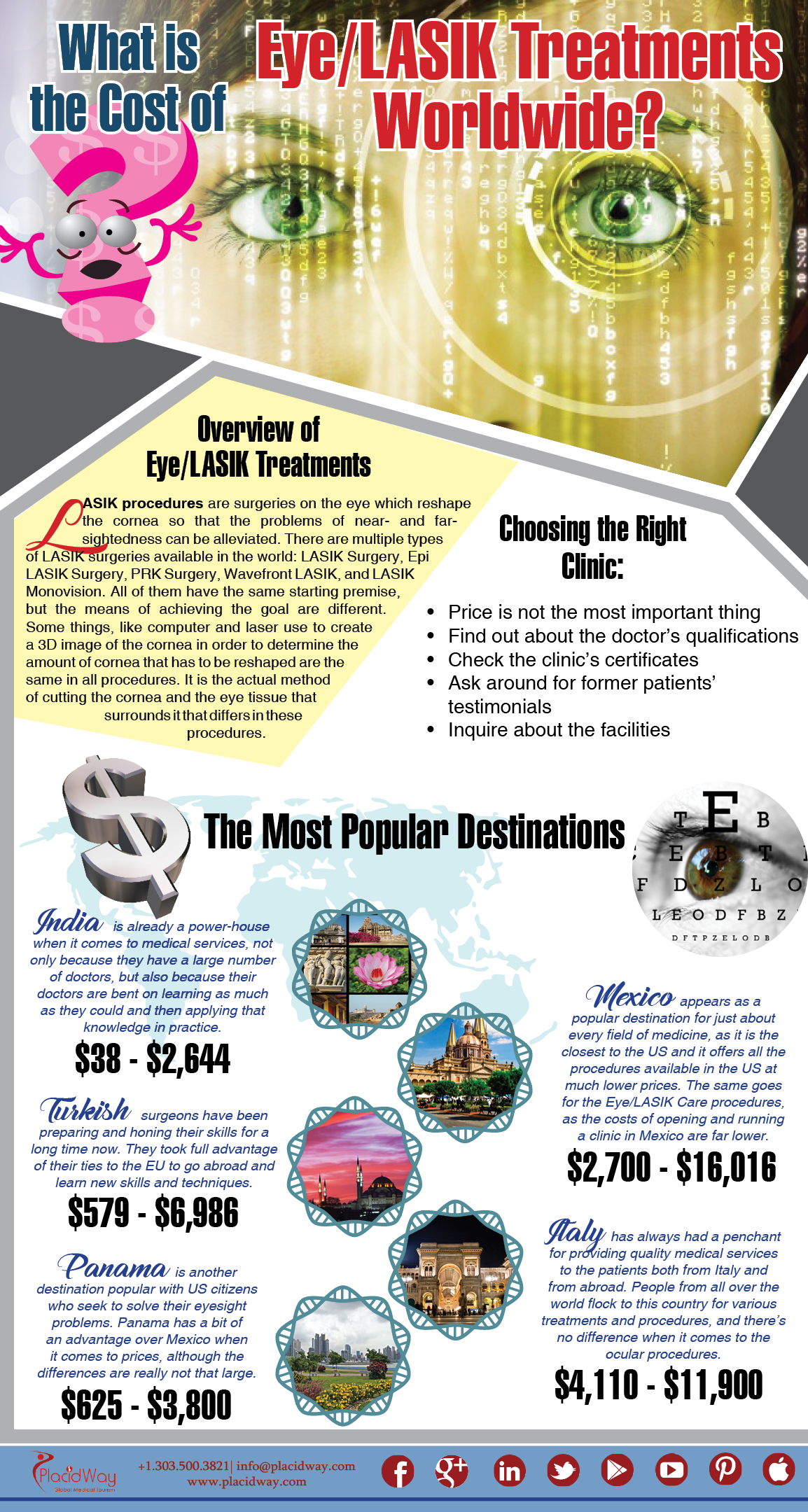As a cataract cosmetic surgeon, your day starts with an extensive eye evaluation, where you analyze clients' vision and lens clarity. You understand how critical it is to identify cataracts accurately. As soon as identified, you plan for surgical treatment, guaranteeing every information is accounted for. But the obstacle doesn't finish there. The real trip unravels in the operating room, where precision is essential. What takes place next might specify a patient's visual future.
The Diagnostic Process: Identifying Cataracts
When it involves identifying cataracts, clearness is key. You'll begin with an extensive eye examination, where you'll assess visual acuity and check for any indicators of cloudiness in the lens.
During this process, you'll use customized devices, such as a slit light, to get an in-depth view of the eye's framework. You'll additionally perform a dilated eye test to review the lens and retina better.
Collecting your person's case history is important, as it assists identify risk elements like age, diabetes, or previous eye injuries.
After examining the results, you'll establish the visibility and extent of cataracts. This thorough technique ensures you give the very best recommendations for treatment, setting the stage for the following steps in their care.
The Operation: Accuracy at work
After identifying cataracts and discussing therapy options, you plan for the surgical procedure, where precision is vital.
You get in the operating room, putting on clean and sterile handwear covers and a mask. LASIK Eye Surgeon relaxes pleasantly under intense lights, ready for the transformation.
You begin by administering local anesthesia, guaranteeing they feel no pain. With try this out , you make a small laceration in the cornea, using innovative methods to eliminate the over cast lens.
You very carefully insert the fabricated intraocular lens, aligning it completely for ideal vision. Throughout the treatment, you keep track of vitals and adjust as needed, maintaining focus on the job.
In just a short time, you'll have recovered your person's sight, a gratifying outcome for both of you.
Post-Operative Treatment: Making Sure Optimal Recovery
As soon as the surgical treatment is total, your duty shifts to guaranteeing the patient's smooth healing.
You'll begin by giving clear post-operative guidelines, worrying the relevance of using the eye guard and taking prescribed medications. Advise them to prevent massaging their eyes and participating in arduous tasks.
Arrange https://www.optometrytimes.com/view/consider-outsourcing-opportunities-your-practice -up appointment within a couple of days to keep track of healing and deal with any problems. Urge patients to report any signs of infection, such as enhanced redness or discharge.
Furthermore, talk about the value of using man-made tears to minimize dry skin. Assistance their psychological health by comforting them that aesthetic improvements may take some time.
Conclusion
In a cataract specialist's day, you witness the trip from diagnosis to healing. You see the accuracy in surgical treatment and the treatment taken post-operation to guarantee your optimal healing. Through this experience, you get clarity not just in vision, but in recognizing the whole procedure. https://costlasereyesurgery28495.blogpayz.com/36445713/after-undergoing-cataract-surgery-it-is-essential-to-understand-the-shifts-in-your-vision-explore-what-is-normal-and-what-can-point-to-a-trouble-are-you-familiar-with-the-indications depend on developed in between you and your surgeon is vital, paving the way for a smoother recuperation. With the best assistance, you're on your method to enjoying a brighter, more clear world.
